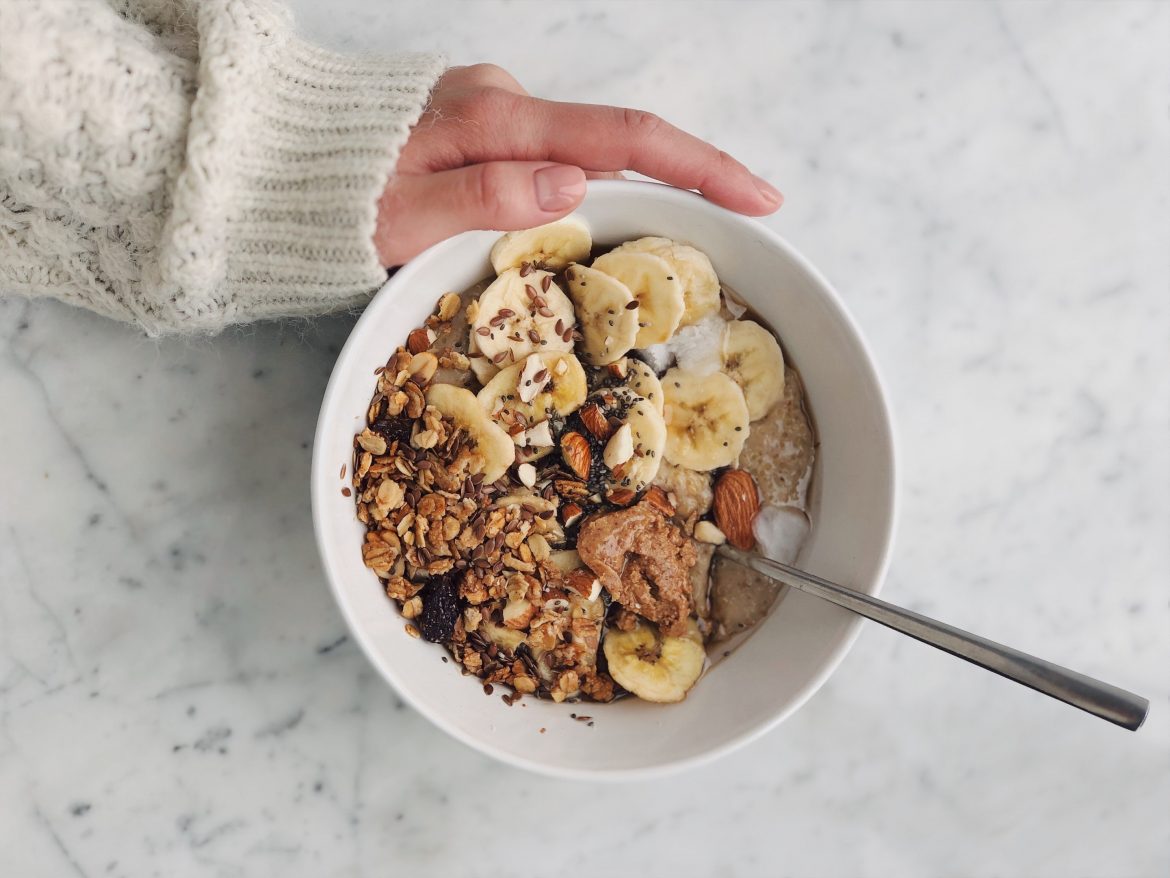Most people believe they are eating enough fibre. But alarmingly, American studies have found that only 1 in 20 people actually do. That’s only 5% of the population! Eating more fibre delivers all sorts of health benefits. It’s one of the main reasons eating whole fruits and vegetables are good for you!
What is fibre?
In a broad sense, dietary fibre is the indigestible part of plant foods. This is mostly found in fruits, vegetables, whole grains and legumes. There are loads of different types, mostly separated into the large and often overlapping categories of soluble and insoluble. But as most whole foods will contain both, you don’t need to focus on the nitty gritty. Rather keep your mind on getting enough of it.
What do we need it for?
Dietary fibre is a key component in a healthy diet. There are four main reasons why it is so essential:
- good gut health
- weight management
- protects against heart disease
- reduces diabetes risk
‘Firstly, it helps move things along your gut, so will prevent and treat constipation,’ says General Practitioner and W&H health expert Dr Philippa Kaye. ‘Added to this,’ she continues, ‘eating fibr-rich foods helps us feel full. Our intestines are full of bacteria, called the gut microbiome, and eating lots of fibre-containing foods helps the good bacteria to thrive, which improves your health.’ As we know, a healthy gut is a healthy body!
Upping your fibre intake has also been linked to lowering your risk of stroke and developing bowel cancer, as well as helping you live a generally longer and better life.
ALSO SEE: How to improve your gut health with Viome
How to get your daily dose
Dr Philippa Kaye says we should all be aiming for 30 grams of fibre a day. But how do we ensure we’re reaching this number? Especially when only 1 in 20 Americans is getting their daily dose!
‘Up the amount of fruit and vegetables, wholegrains, nuts and seeds you eat, and try to include fibre sources within each meal,’ recommends Philippa. You are going to want to choose foods high in fibre to give you the boost you need at each meal. Two Weet-Bix gives 3.8g fibre, Shredded Wheat with milk 6g, a carrot 3g, and an apple about 4.5g. But remember, juicing your fruits and veg will slash the fibre – you want to eat these whole!
ALSO SEE: High-fibre rhubarb crumble
Smart swaps will also help you increase your intake. ‘Changing white pasta for brown can deliver almost 7g of fibre per portion,’ says Philippa. Enjoy baked beans with your breakfast? While half a cup of baked beans offers 5.2g of fibre, experiment with chickpeas and get 8.1g in half a cup! And when it comes to adding a fat to your salad, choose avocado that gives you 5g in half a cup.
Don’t do too much fibre too fast though…
‘It can take a little time for your gut to get used to a fibre-rich diet,’ reminds Dr Philippa Kaye. ‘If you start too quickly, you may notice some bloating and gas, so be sure to gradually increase how much fibre you eat.’
ALSO SEE HOW TO IMPROVE YOUR BOWEL HEALTH
Written by Joelle Davidson / Cover image by Daria Shevtsova on pexels.com

